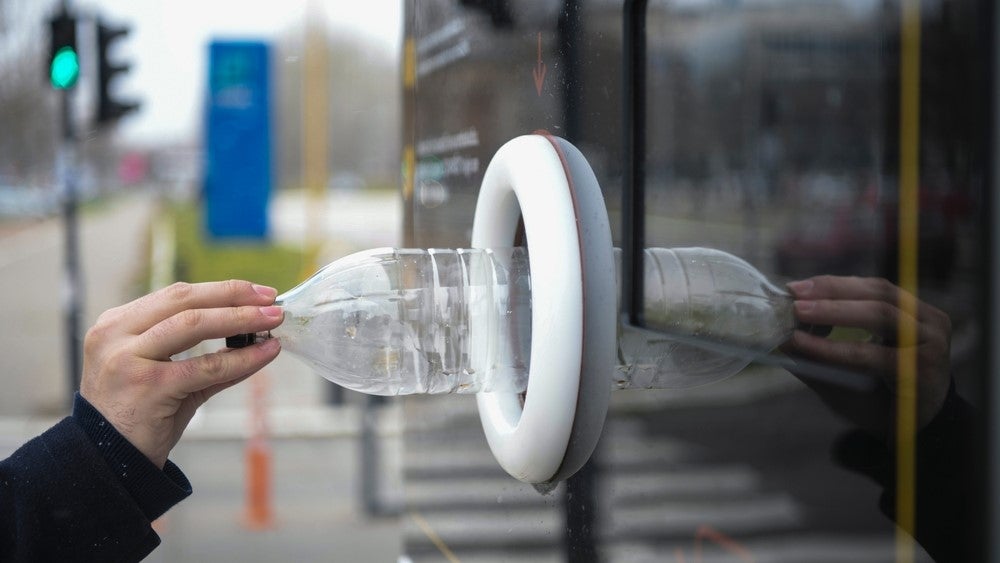Romania is finally due to launch its new nationwide Deposit Return System (DRS) RetuRO on 30 November, following a series of postponements spanning over two years.
The system was originally due to come into use in January 2021 but was postponed first until October 2022 and then until November 2023 under pressure from retailers.
Now to see the light of day at the end of the month, the scheme will see Romania's DRS provide a financial incentive for the return of plastic, glass and metal packaging by including a refundable RON0.50 ($0.11) fee within the retail price of products between 0.1L and 3L in size.
The packaging must be undamaged and empty to be collected, but consumers will not need to provide any proof of purchase. Instead, shoppers will need to return the packaging to a collection point, which will recognize a logo on the product, immediately reimbursing the RON0.50.
The collection points will be located at every store over 200m2 in size, and retailers will receive payment for handling the packaging based on the quantity they collect. Companies were legally required to register on RetuRO’s database by the end of February 2023 or risk a fine of up to RON40,000 and the potential suspension of business activities until registration was completed.
On its website, RetuRO states: “The mission of RetuRO is to implement Romania's largest circular economy project - the guarantee-return system … The guarantee-return system will boost the recycling market in Romania, offering significant quantities and quality of raw material.”
Ahead of the introduction of the DRS, there has been increasing awareness of the move towards a circular economy across Romania. GlobalData's filings database shows a significant jump in mentions of ‘circular plastic economy’ in company filings during 2022 - when RetuRO was initially expected to launch.
Our signals coverage is powered by GlobalData’s Thematic Engine, which tags millions of data items across six alternative datasets — patents, jobs, deals, company filings, social media mentions and news — to themes, sectors and companies. These signals enhance our predictive capabilities, helping us to identify the most disruptive threats across each of the sectors we cover and the companies best placed to succeed.









